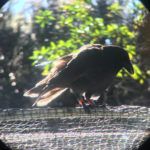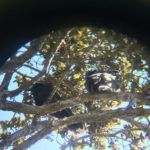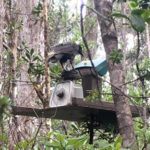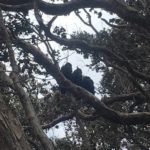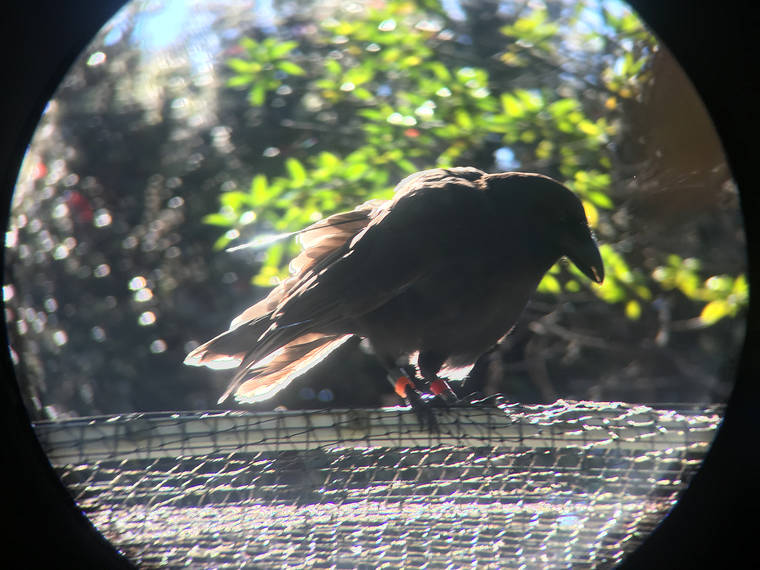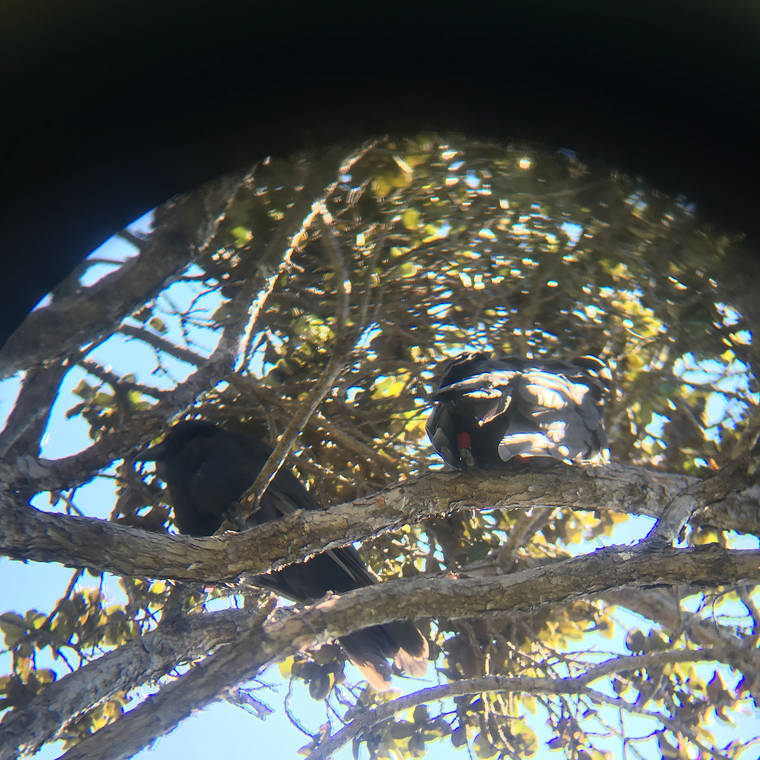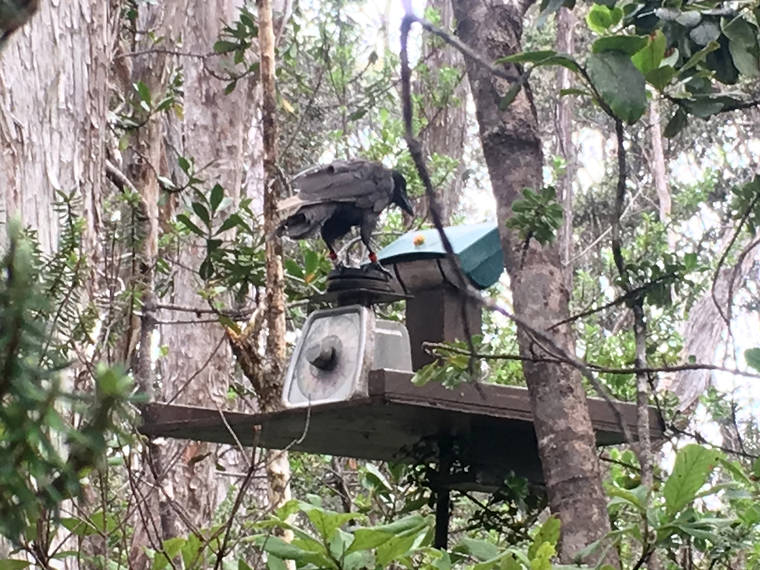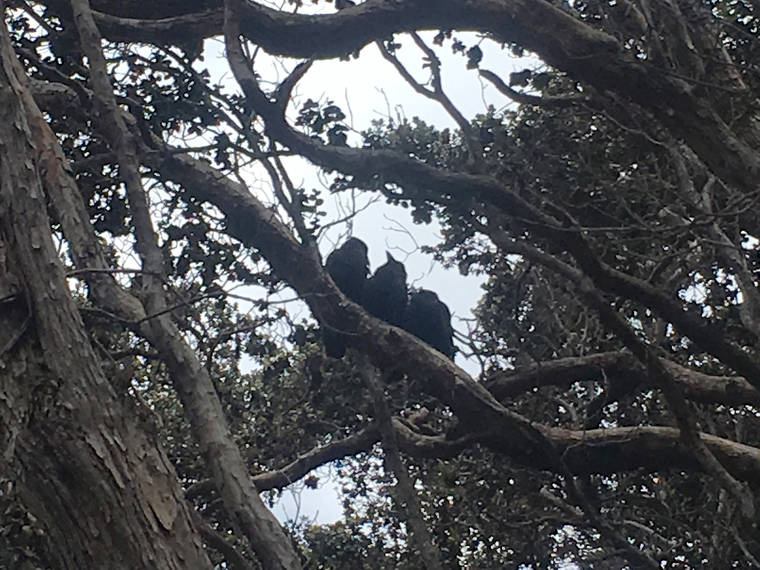KAILUA-KONA — Seven additional alala were released this month into the Puu Makaala Natural Area Reserve on the windward slopes of Mauna Loa.
The release is part of the ongoing reintroduction efforts being conducted by The Alala Project, a partnership between the state Department Of Land and Natural Resources Division of Forestry and Wildlife, San Diego Zoo Global, and the U.S. Fish and Wildlife Service.
The project team released five young males and two young females during September, according to a joint press release issued Monday by the Department of Land and Natural Resources. The birds will join several groups of alala already living in the forest.
The newly released Hawaiian crows were given Hawaiian names by students from local schools on Ke Kula O Nawahiokalaniopuu, Mountain View Elementary School, Kamehameha Schools Hawaii Campus, E.B. DeSilva Elementary School, Connections Public Charter School, and Kamehameha Schools.
Their names are Keolamauloa, Eola, Kamanuolamau, Kalaau, Alohi, and Kanai. The seventh bird is a male named Kalokomaikai and was first released in 2017 but had to be recaptured, and rehabilitated following an injury in the wild.
The birds will continue to be monitored and tracked to observe their foraging, social interactions, spatial range, and breeding attempts, the state said.
Observers documented several major milestones this summer when birds that were released in 2017 began to show breeding and courtship behaviors like feeding and preening one another, making territorial vocalizations, and nest building.
Three pairs of birds developed pair bonds this breeding season and two of those pairs were seen nest-building. One of the females, named Manaiakalani, sat on her nest for several weeks. However, there was no hatching observed.
“Alala form complex bonds as breeding pairs and must work together to build their nests. Having released alala engage in the full suite of breeding and nest building behaviors in their first season as adults represents a huge step forward for the program and their recovery as a species,” commented Alison Greggor, postdoctoral research associate, Hawaii Endangered Bird Conservation Program, San Diego Zoo Global.
Since 2017, recovery efforts have led to about 20 birds surviving and thriving in the forests of Puu Makaala NAR, according to the state. Two birds have been confirmed deceased, one from Io (Hawaiian Hawk) depredation, and the other from an undetermined predatory attack and scavenging.
Alala also were released into the wild in the 1990s, but the species was thought to be extinct in the wild as of 2002.
